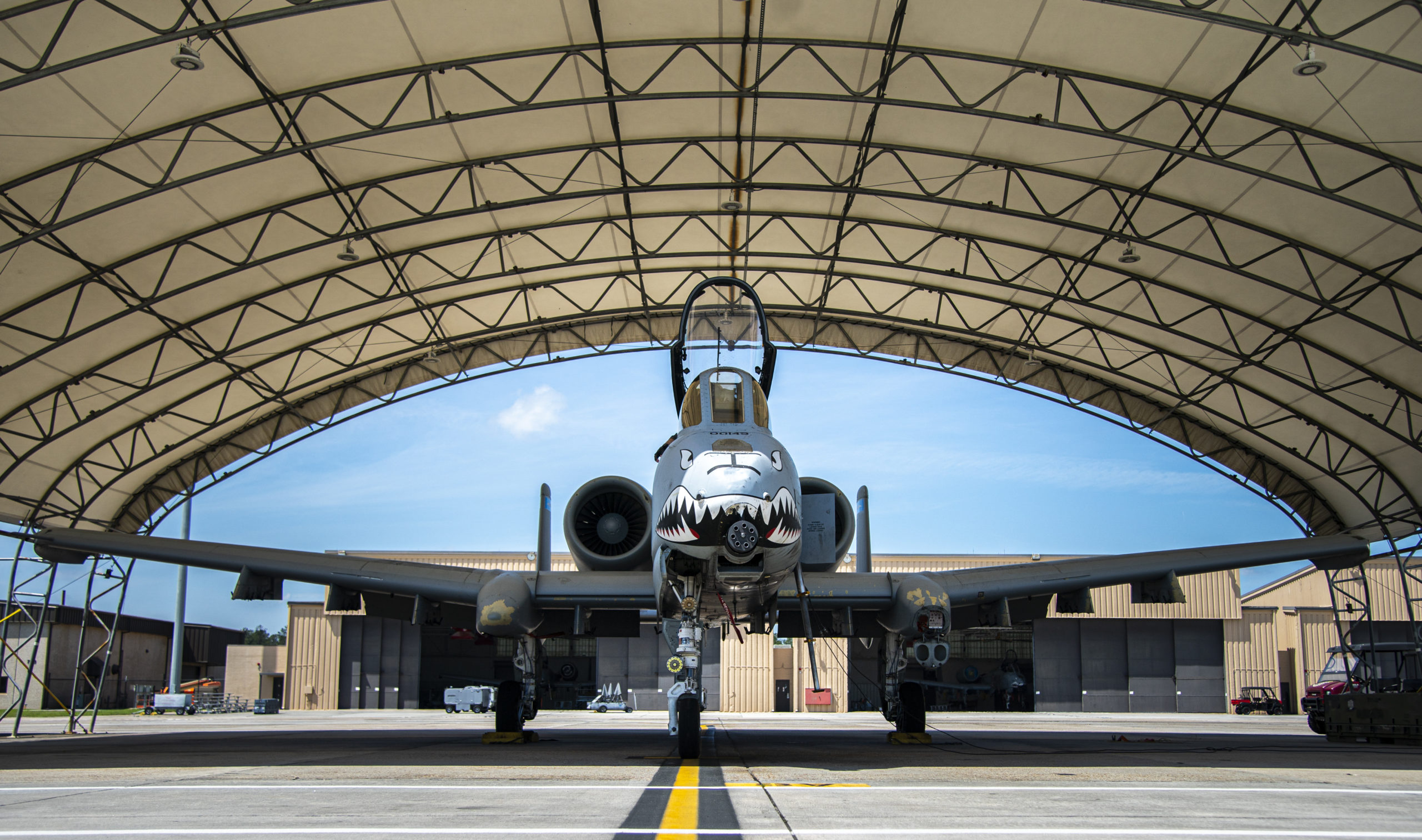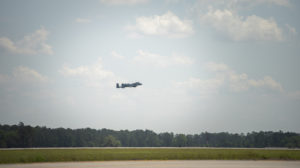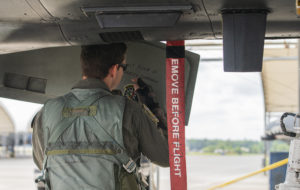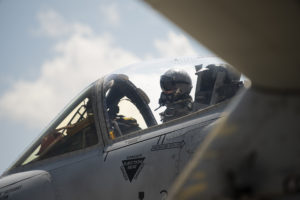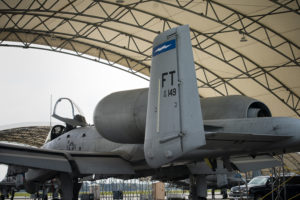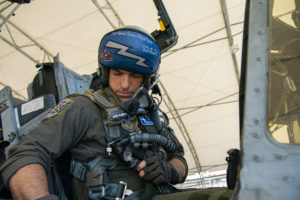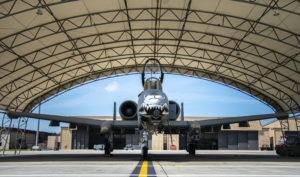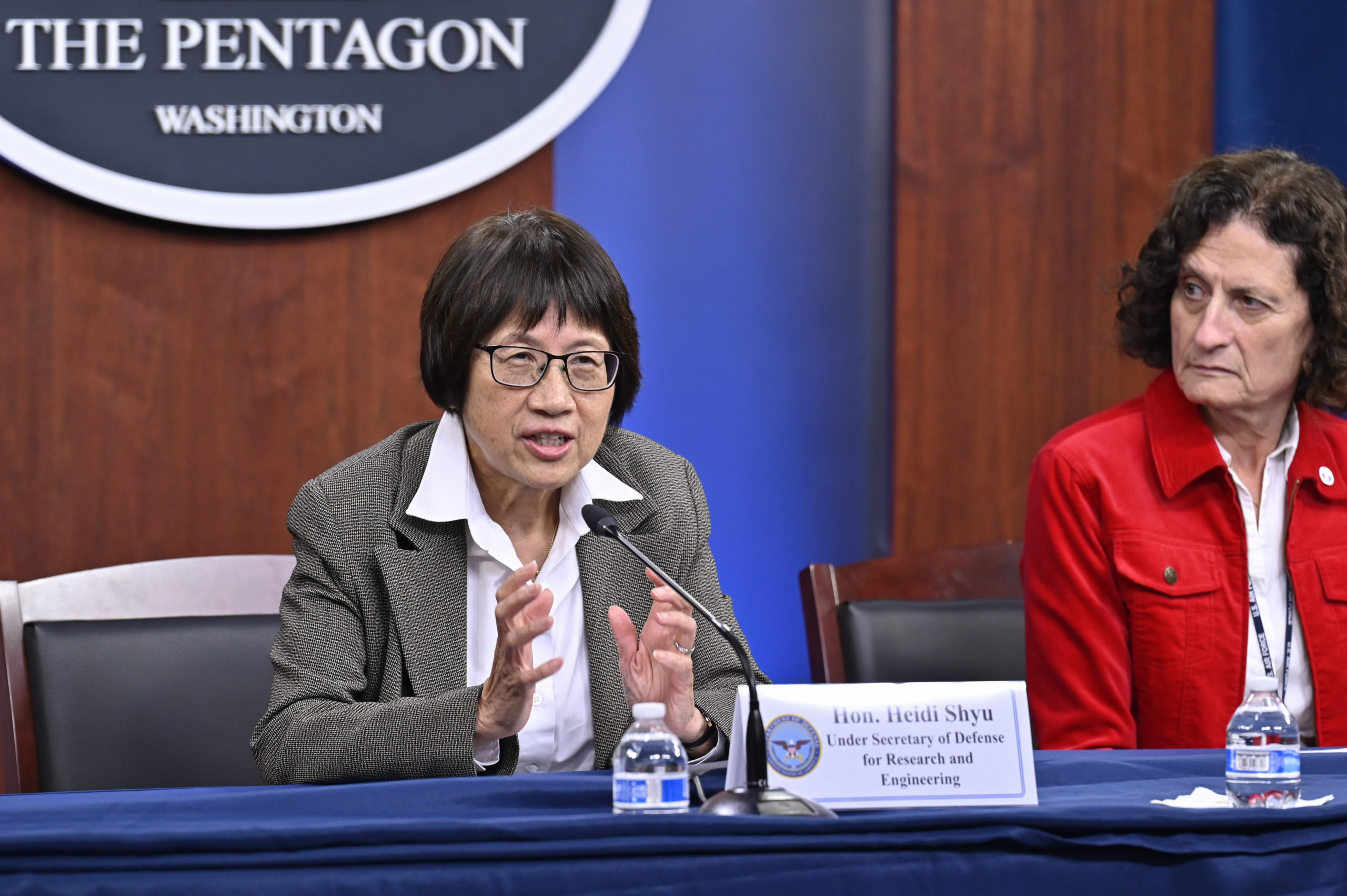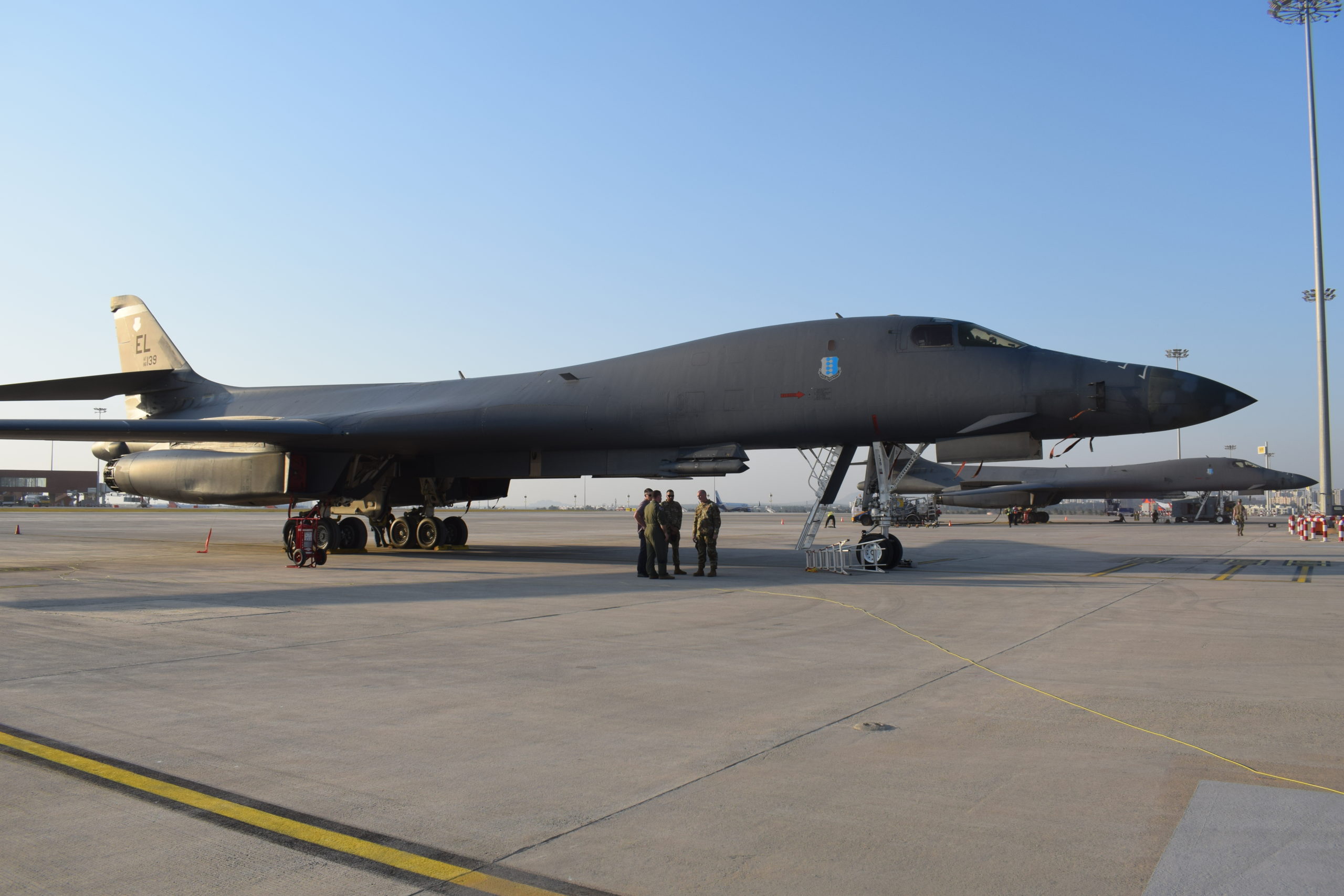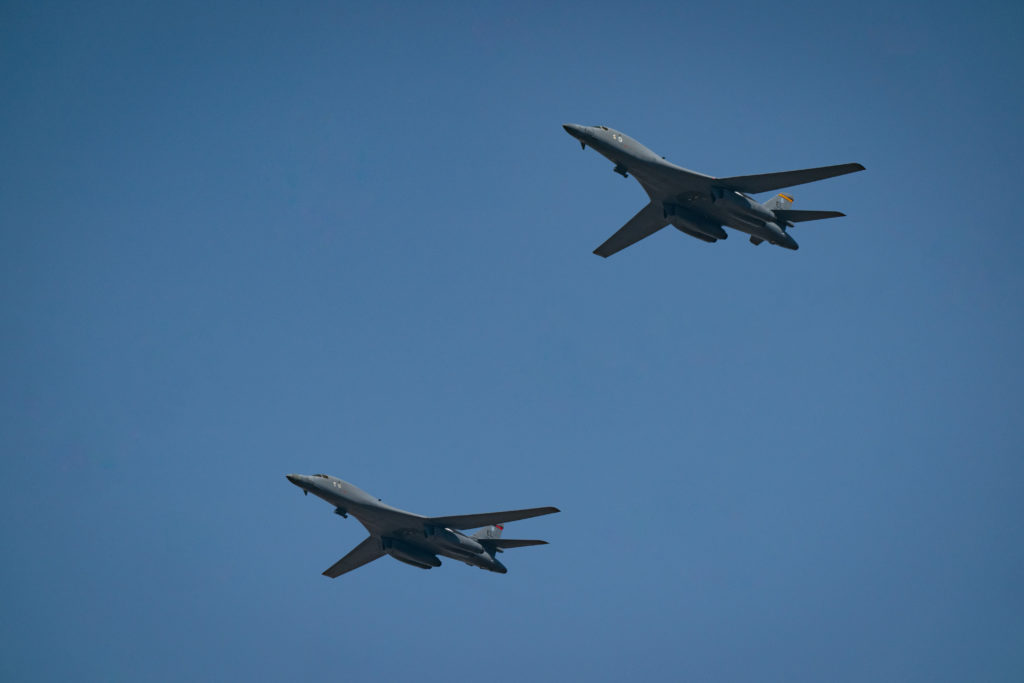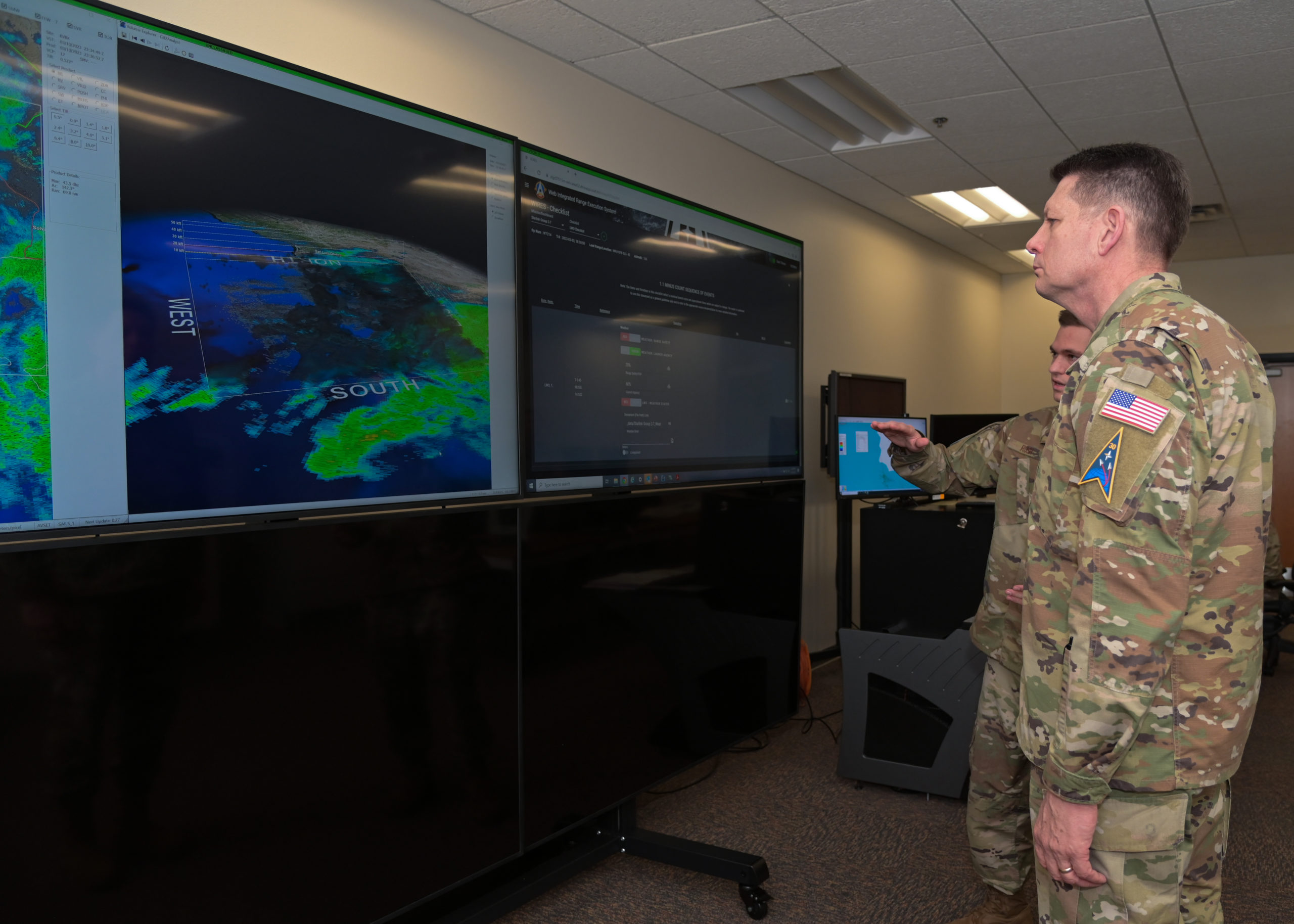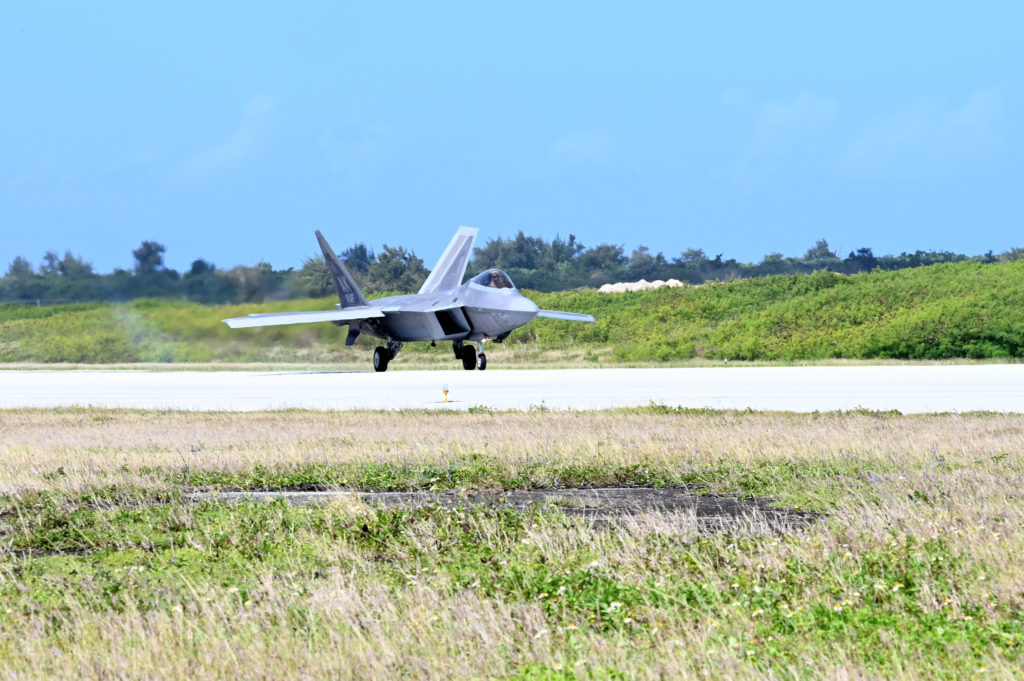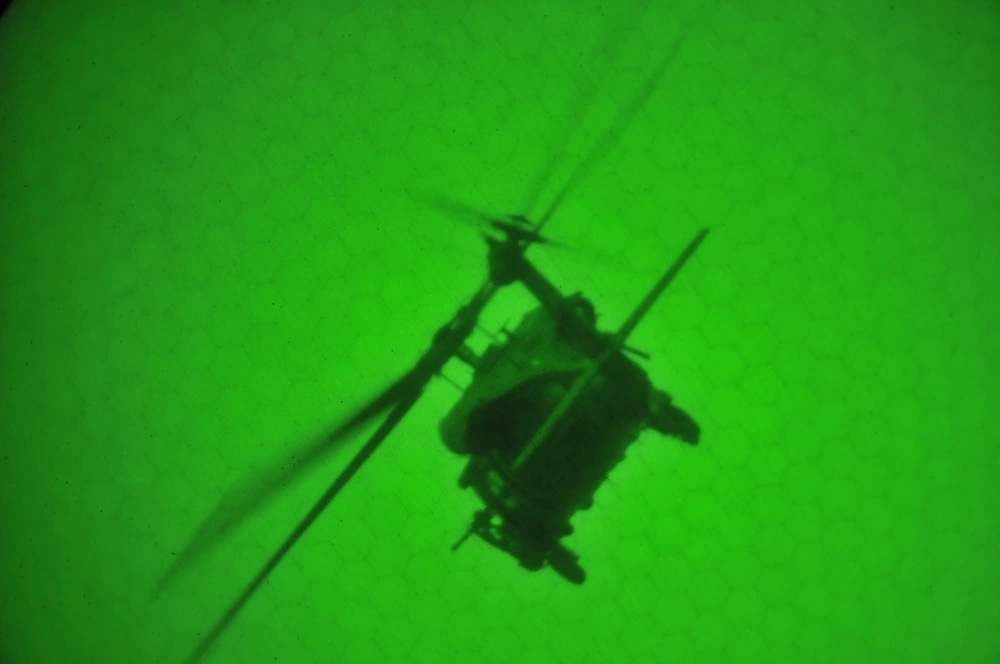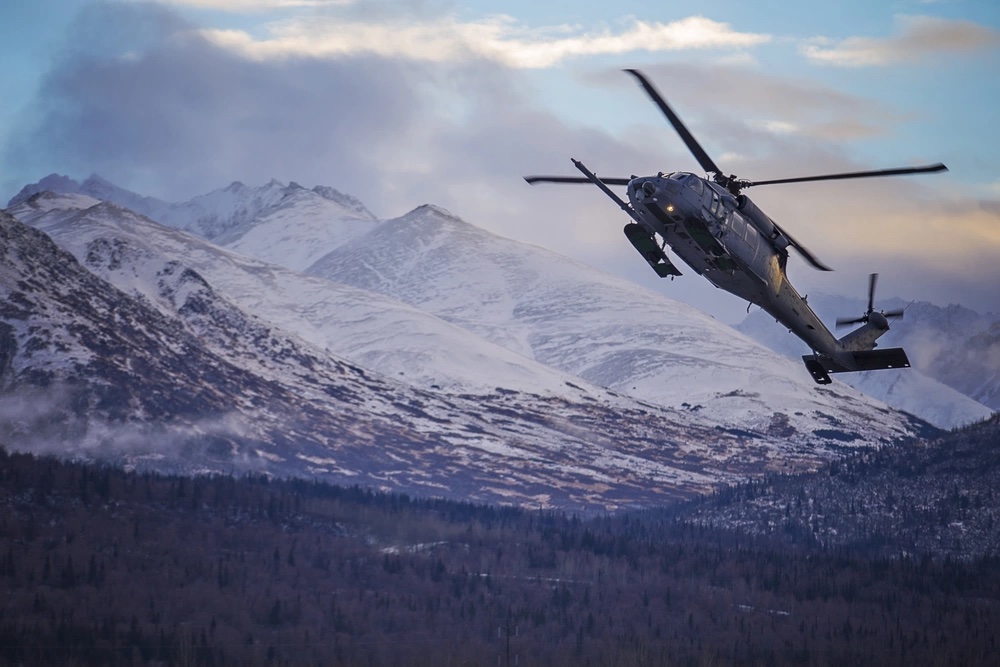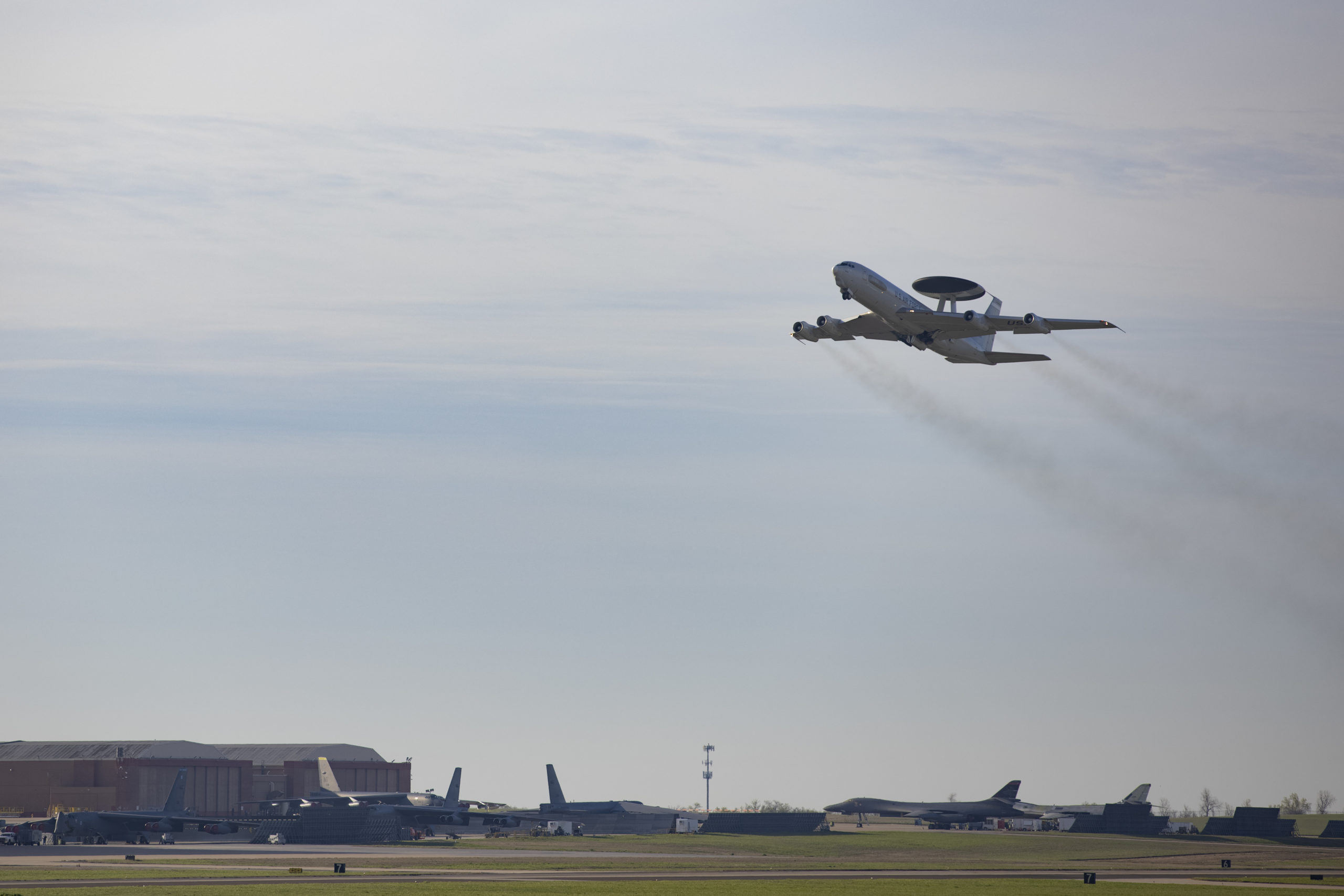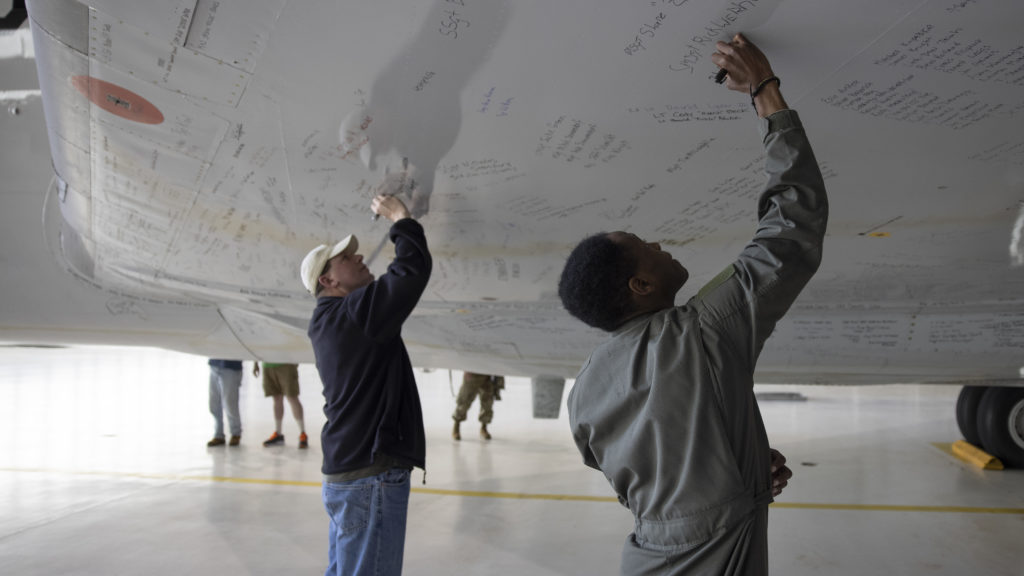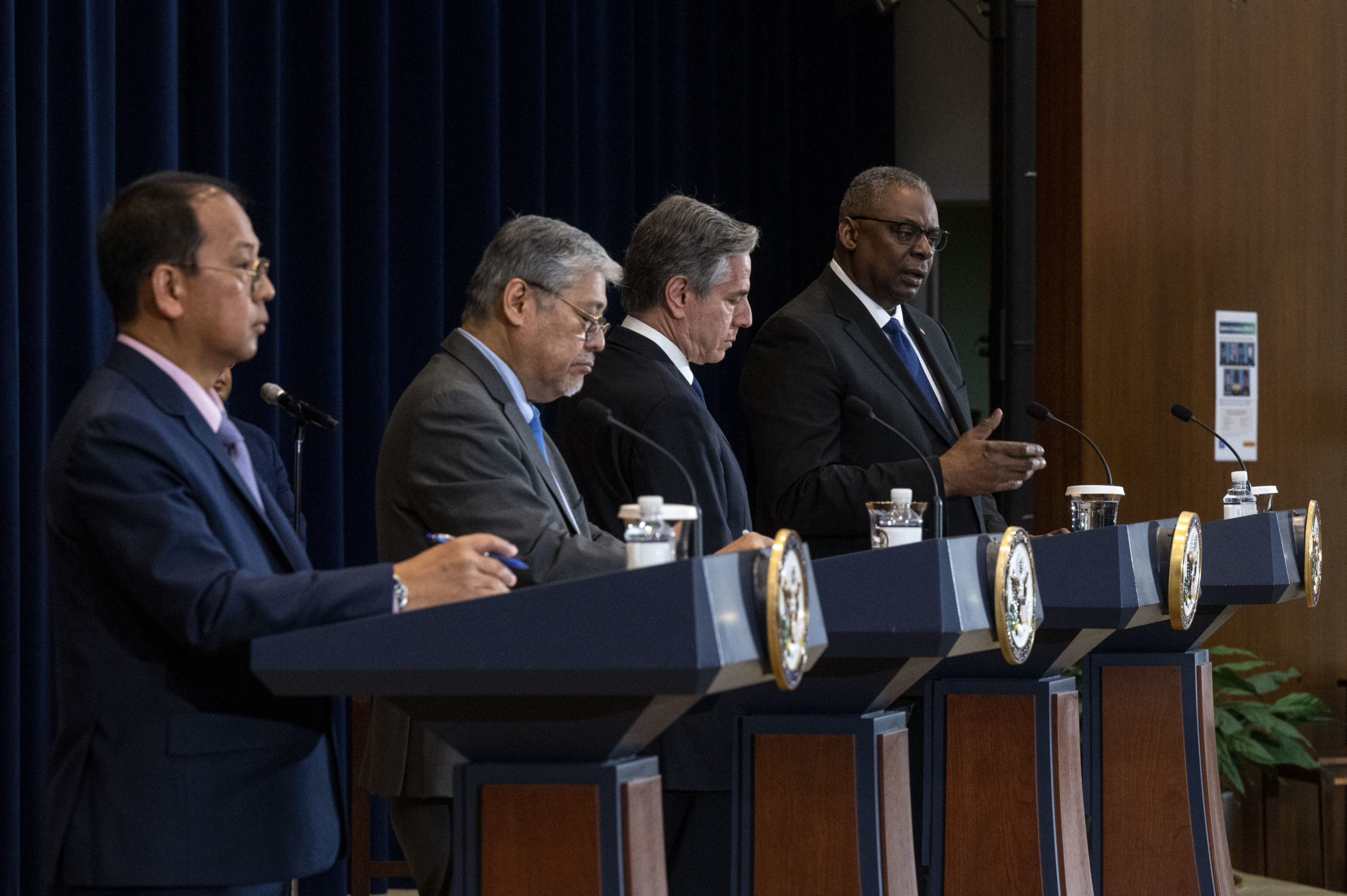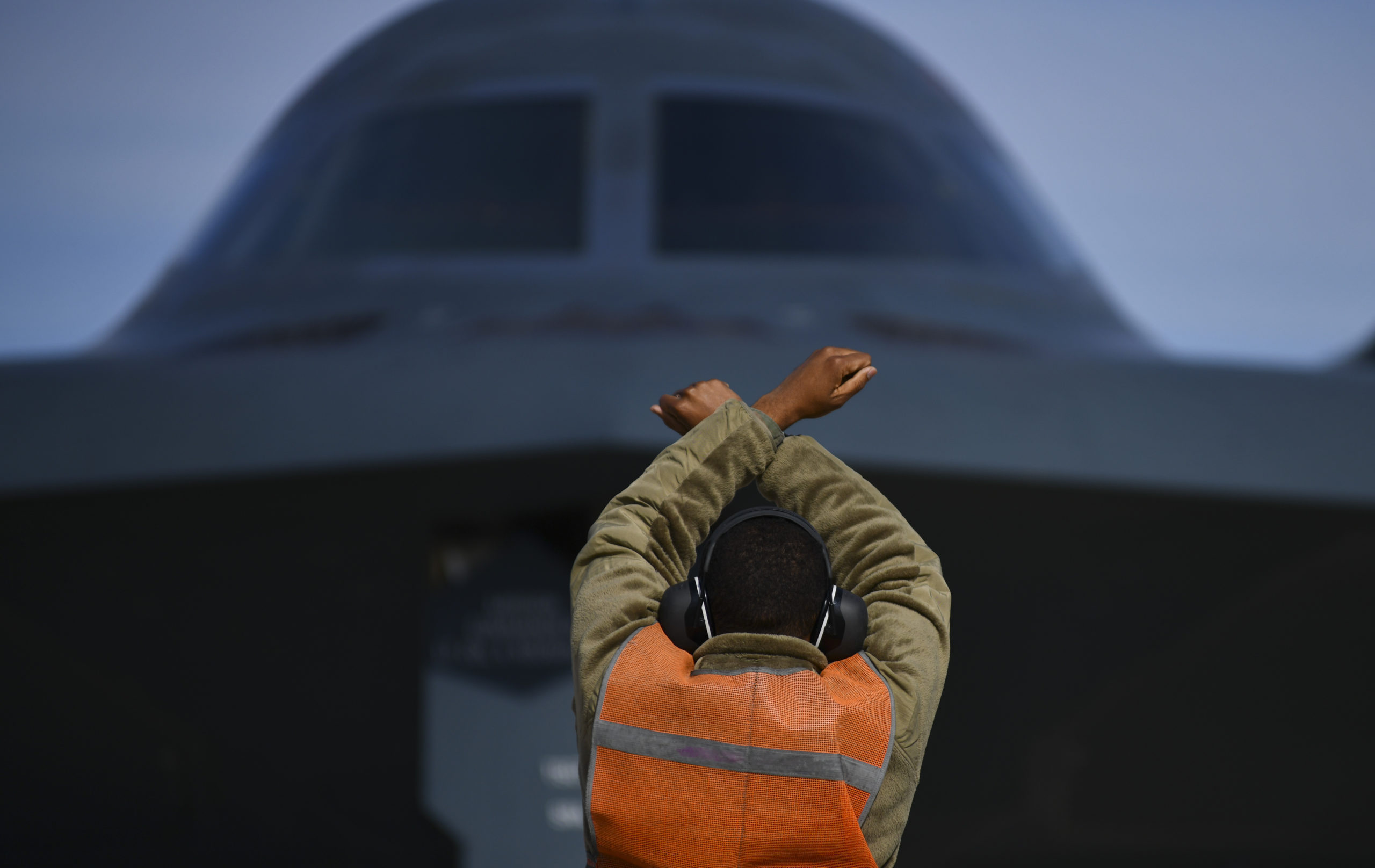It’s finally happening—the Air Force has begun to retire its A-10 Thunderbolt IIs. An A-10 from the 74th Fighter Squadron at Moody Air Force Base, Ga., arrived at the Boneyard at Davis-Monthan Air Force Base, Ariz. on April 5, the service said. The aircraft is the first of 21 A-10s that will be leaving service by the end of September.
“Air Combat Command is prioritizing the A-10s with the least combat effectiveness for retirement first to ensure the most combat capable airframes remain in service,” the Air Force said in a news release. The remaining 20 aircraft “will retire from various bases” by the end of the fiscal year.
The Air Force has sought to retire some of the close air support aircraft for years but was blocked by Congress. The service finally got its way in the 2023 National Defense Authorization Act and was OK’d to divest 21 A-10s this year. The service is seeking to retire another 42 A-10s as part of its fiscal 2024 budget. Air Force Chief of Staff Gen. Charles Q. Brown Jr. has said the service wants to rid itself of the A-10 entirely by the end of the decade.
While the aircraft that arrived at the Boneyard left the 74th Fighter Squadron after 43 years of service in the Air Force, the Active-Duty unit is not winding down its A-10 operations. Instead, the retired A-10 sent to the Boneyard is being replaced by an Indiana Air National Guard A-10. The Indiana ANG A-10 unit, the 122nd Fighter Wing, also known as the Blacksnakes, is transitioning to F-16s. The unit’s nickname has led their A-10s to sport unique nose art, even by A-10 standards.
Aircraft at the Boneyard are preserved in the dry desert of Arizona and often cannibalized for parts. The A-10 that landed Davis-Monthan on April 5, tail number 80-149, is now in the hands of 309th Aerospace Maintenance and Regeneration Squadron, which will “get to work preserving as much of it as possible while removing parts that can be used for replacements in other A-10s,” the Air Force said.
The Air Force’s planned divesture of 21 A-10s in the fiscal year 2023 will leave the service with around 260 aircraft by September. Brown said the service is ditching its 4+1 fighter model—with the A-10 as the outlier—and plans to sunset all A-10s by 2029.
“We’re retiring A-10s faster than we originally thought”, Brown said at the annual McAleese defense conference March 15. “I think that’s probably the right answer.”
But in the near-term, concerns over capacity have led to high-profile A-10 deployments. While the Air Force argues that the four-decade-old A-10s—which have been upgraded over the years—are not survivable against an advanced adversary, U.S. Central Command is using them to fill out its fighter squadron requirements in the Middle East.
A planned deployment of A-10s to CENTCOM was accelerated in the wake of attacks from Iranian-backed militias on U.S. bases in Syria. The command produced a slick video noting their arrival at the end of March and has continued to publicize recent A-10 operations in the region.
“The A-10s remain the most effective close air support platform in the world today even after 45 years,” Capt. Kevin Domingue, the pilot from the 74th Fighter Squadron who flew the now-retired A-10 to the Boneyard, said in the news release. “As long as the Air Force allows the aircraft to fly and be properly maintained, this community is ready to provide that expertise anywhere in the world against any adversary.”
